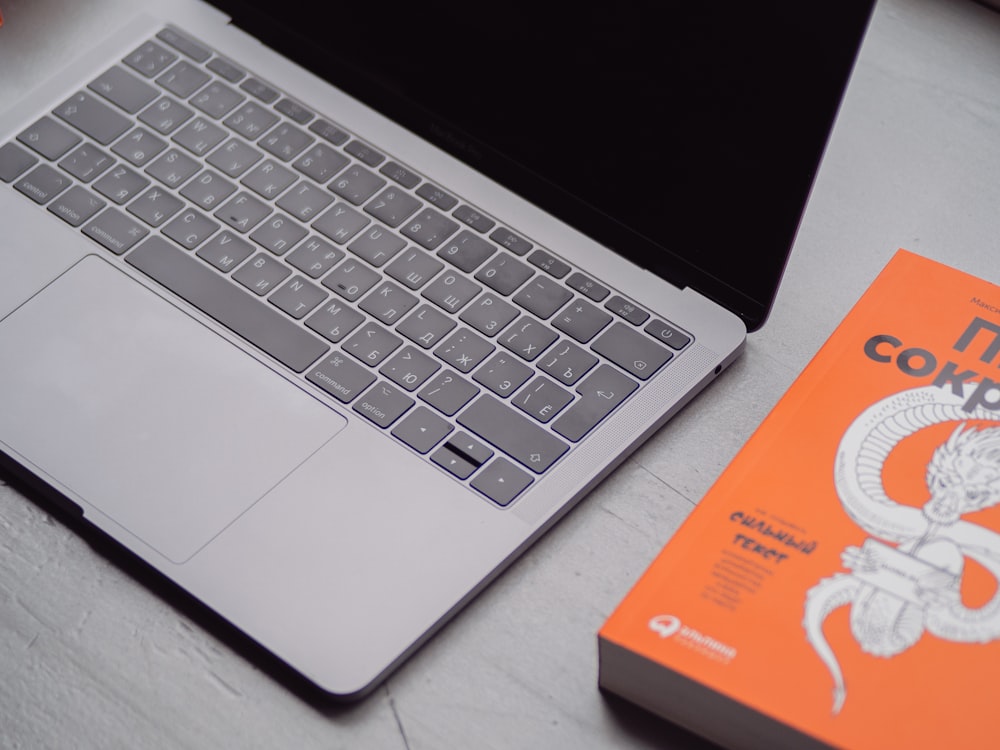
Photo by Maxim
Ilyahov on unsplash
Dear Readers,
Thank you for coming here.
In this post, I would like to summarize the way of reading a book that I have been using and found useful.
First of all, I am sure everyone understands the importance of reading.
Many "achieved" man even advocate that reading is the best way to learn, compared to audio or video media, because reading let us control the pace and have the time to think and reflect properly.
Second, one thing needs to be clear: there should be some take-away from the reading we do.
We have limited time for reading and unlimited materials to read. Even though I do believe in the old saying that there is something to gain as long as you open the books, I strongly encourage that we should get serious and purposeful in reading since we are spending the precious time.
Third, the best way to get serious and purposeful in reading is:
- Take notes
- Review notes
- Output
Ok now. How do we do that?
Below is the way I have been using. It is largely based on the way introduced in her book by "奥野宣之",combined with my little twists.
1. Take notes
The key is capture what matters to us and our comments.
What matters to us could be the viewpoint, the methodology, the structure, the way to convince and even the excellent use of words etc.
Our comments could be our thoughts, the connection we recall (e.g. Does this confirm or contradict my previous knowledge), the specific methods or tools for implementation and application etc.
Therefore, the length of the notes does not matter as long as it meets the above two requirements.
Tip: it can be really short.
There are 3 steps to follow:
a. Read the book and take down or highlight what is interesting in the book.
Normally, I read on my phone and highlight what is interesting.
For "serious" material (mostly books, sometimes some blog posts etc also) with tons of information some of which may be hard to grasp, I read on my PC and take down what is interesting in a mindmap along the way. It takes more time.
(I pretty much only read e-books now)
b. Re-read what I took down and de-highlight or remove from my mindmap those that are no longer interesting to me.
We grow. Actually, reading the book the first time and highlighting the interesting part itself is part of that growth. So what was interesting then might not be now.
c. Put what is still interesting in a mind map and attach my comments for each of the interesting item
For "Serious" books, this is already done!
Mind-map is a better format for me that just dot-dashes.
2. Review notes
There are two occasions to review the notes.
a. I set periodic review schedule, like every Sunday.
b. When I need some information. In this case, it usually starts with a vague or clear idea that I read something related before and then searching.
There has to be some take-away in reviewing the notes (it is also reading!). It could be new thoughts, new understanding, new tools we know of lately or new scenarios where we can apply what we read.
This is hard! So maybe do it once every week.
3. Output
This should be the ultimate purpose of reading. Without output, there is no point in reading at all, unless only for pleasure, which is "luxury" in my mind(Not really a reading guy. I can think of many other ways if I want to get "luxury" of pleasure)
We can:
- express to others in the form of teaching or discussing
- write about it (what I am doing now)
- solve a problem (Best output ever)
- create new ideas with what we read as foundation
- etc
This requires time. The only way to extract value from it is to keep doing it for 5, 10 15 years.
Happy reading.
Till next time!
No comments:
Post a Comment